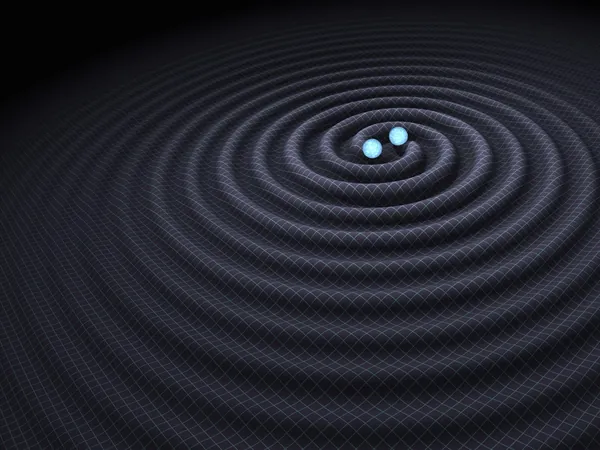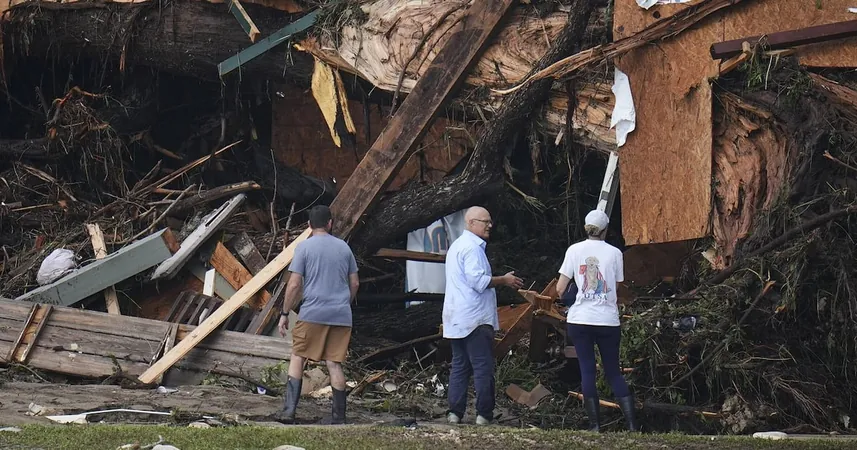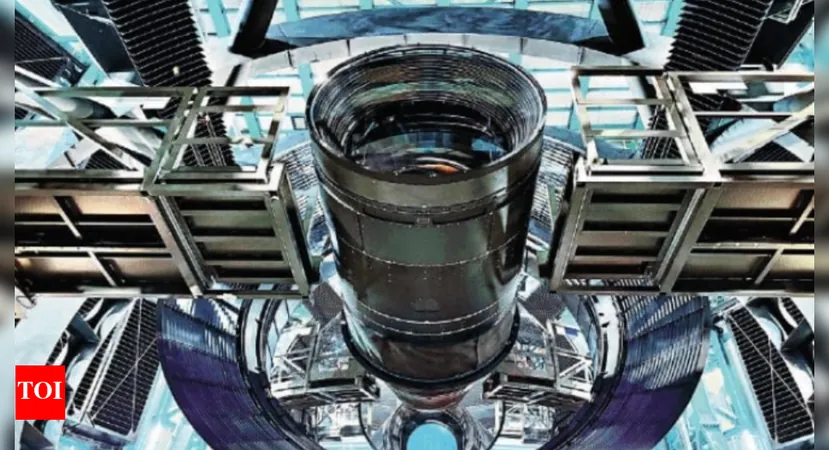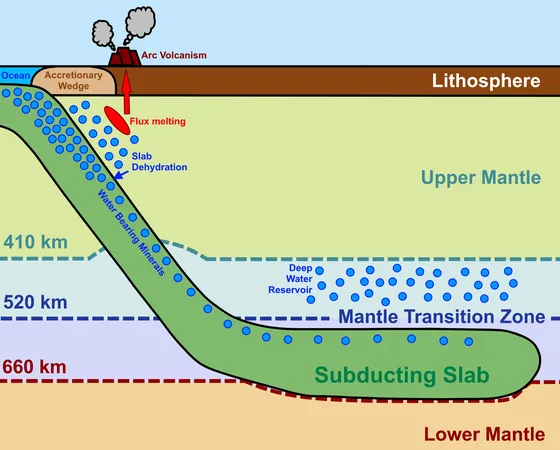
Unlocking the Secrets of the Universe: The Fascinating World of Gravitational Waves
2025-05-28
Author: Amelia
A Groundbreaking Discovery in 2015
In 2015, scientists made a groundbreaking discovery at an observatory in the United States, detecting a minuscule movement—just one quintillionth of a meter (10<sup>-18</sup> meters). This tiny shift marked the first recorded event of gravitational waves, a phenomenon that provided compelling evidence for Albert Einstein's monumental theory of general relativity.
Einstein's Revolutionary Theory
Published in 1916, Einstein's theory unraveled our previous understanding of gravity, positing that gravity is not just a force but a curvature in spacetime—the four-dimensional fabric of our universe, comprising three dimensions of space and one dimension of time. Large celestial bodies like the Earth and the Sun warp spacetime much like a heavy rock distorts the surface of a trampoline, pulling objects towards them.
The Wave Effect of Mass
When massive objects like black holes or neutron stars move or collide, they create ripples in spacetime, analogous to a boat slicing through water. These gravitational waves expand and propagate across the cosmos, but by the time they reach us, they are incredibly faint. Detecting them requires the most sophisticated equipment.
The Power of LIGO
Nestled in a vast plain in Washington State, the Laser Interferometer Gravitational-Wave Observatory (LIGO) stands as the world's premier gravitational wave observatory. LIGO employs an interferometer, a complex device with two 4-kilometer-long arms configured perpendicularly, using lasers and mirrors to measure the tiniest fluctuations caused by gravitational waves.
In September 2015, LIGO registered a monumental event: as two black holes collided millions of light-years away, their resulting gravitational waves caused the arms of the interferometer to move—this was the first direct observation of gravitational waves, affirming Einstein's groundbreaking insights.
Unveiling Cosmic Secrets
Research into gravitational waves continues to peel back the layers of some of the universe's most violent occurrences, such as the cataclysmic collisions of black holes and neutron stars. In Australia and beyond, scientists are enhancing detector sensitivity, hoping to observe more subtle cosmic events like supernovae or the remnants of the Big Bang, known as the cosmic microwave background.
These delicate messenger waves zoom through space, offering profound insights into the origins of our universe and potentially guiding predictions about its future.









 Brasil (PT)
Brasil (PT)
 Canada (EN)
Canada (EN)
 Chile (ES)
Chile (ES)
 Česko (CS)
Česko (CS)
 대한민국 (KO)
대한민국 (KO)
 España (ES)
España (ES)
 France (FR)
France (FR)
 Hong Kong (EN)
Hong Kong (EN)
 Italia (IT)
Italia (IT)
 日本 (JA)
日本 (JA)
 Magyarország (HU)
Magyarország (HU)
 Norge (NO)
Norge (NO)
 Polska (PL)
Polska (PL)
 Schweiz (DE)
Schweiz (DE)
 Singapore (EN)
Singapore (EN)
 Sverige (SV)
Sverige (SV)
 Suomi (FI)
Suomi (FI)
 Türkiye (TR)
Türkiye (TR)
 الإمارات العربية المتحدة (AR)
الإمارات العربية المتحدة (AR)